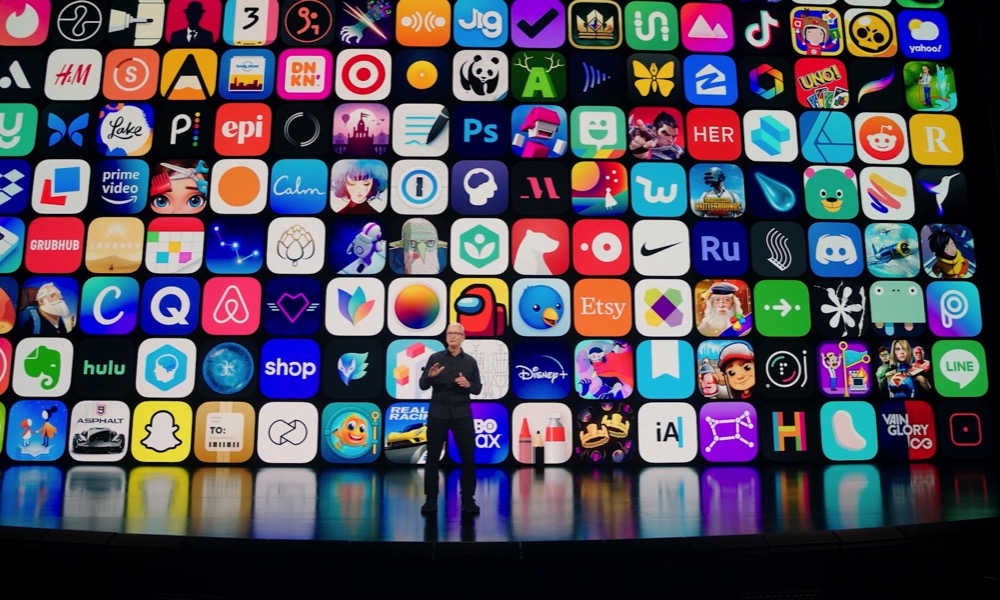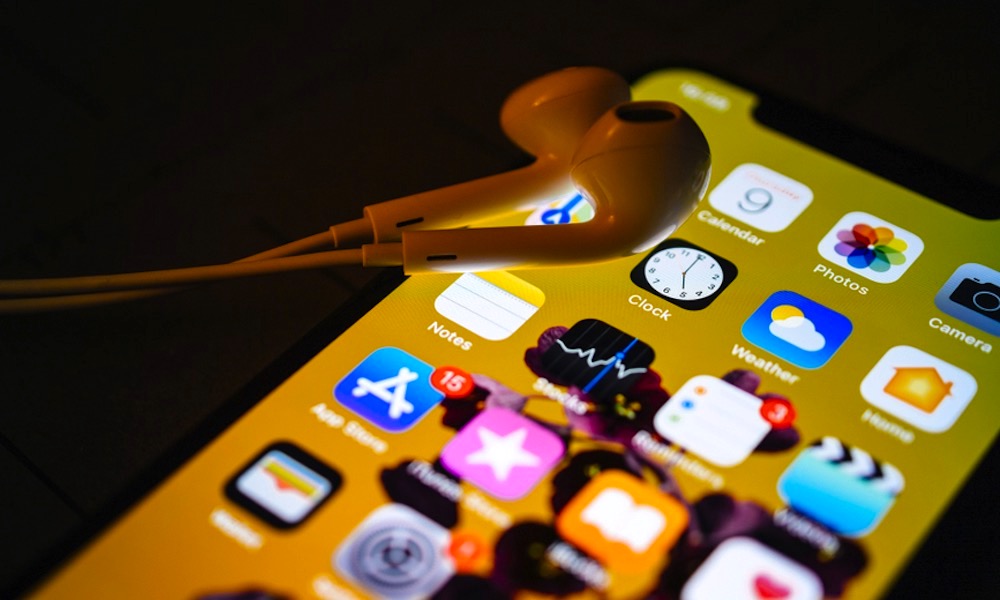In 2022 Apple Rejected Nearly as Many App Submissions as There Are Apps
 Credit: Apple
Credit: Apple
Toggle Dark Mode
Apple has just published a fascinating peek behind the curtain of the App Store, revealing just how many apps the company reviews on an annual basis — and how many of those it rejects for various reasons.
The data comes from Apple’s 2022 App Store Transparency Report, a document that it agreed to begin publishing in 2021 as part of a class-action settlement with a group of developers.
In putting a positive spin on the decision, Apple said it “agreed to create an annual transparency report based on that data, which will share meaningful statistics about the app review process, including the number of apps rejected for different reasons, the number of customer and developer accounts deactivated, objective data regarding search queries and results, and the number of apps removed from the App Store.”
Now it appears that Apple is fulfilling that promise with its new transparency report, and the data offers some interesting insights into how many apps Apple’s review team actually had to deal with in 2022.
First up, the total number of apps on the App Store in 2022 was 1,783,232. However, during that same year, Apple also rejected 1,679,694 app submissions.
To be clear, each “app submission” doesn’t necessarily represent an individual app. In the fine print, Apple notes that “Apps may be submitted to App Review multiple times before they are approved for release on the App Store.” It also presumably includes updates to existing apps, which must also pass through the App Store review team.
While 1.6 million rejections sounds a bit harsh, it’s important to put that in the added context of the 6,101,913 total submissions reviewed. This means Apple rejected around 27% of all app submissions to the App Store. However, not all of these were permanent rejections — developers can fix the issues and resubmit their apps, and persistent enough developers should eventually get an approval, provided they’re not trying to push through an app that flagrantly violates the App Store Guidelines.
The vast majority of apps likely fell into this category, as Apple notes that 1,018,416 app submissions were rejected for non-compliance with App Store performance guidelines. These can include everything from apps that seem incomplete, unfinished, or in a “beta” stage to those that “rapidly drain battery, generate excessive heat, or put unnecessary strain on device resources.”
Another 92,598 app submissions were rejected for Safety reasons. This includes apps that contain “objectionable content” such as hate speech, extreme violence, pornography, or “false information and features,” as well as those that could encourage users to risk physical harm to themselves or mishandle a user’s data.
There were 152,391 app submissions rejected for not complying with Business guidelines, which generally cover inappropriate use of in-app purchases and subscriptions, from trying to scam users with misleading or deceptive in-app purchases to those that attempt to circumvent Apple’s payment system. However, apps can also be rejected in this category simply for not being clear enough about what an in-app subscription offers or how it works. In such cases, developers would be advised what to correct and could hopefully fix it and get their app approved on re-submission.
There were also 212,464 rejections for failing to adhere to the necessary Design guidelines, which includes “copycat apps” and those that aren’t particularly useful, such as marketing materials, “digital business card” apps, and books or music being distributed as an app.
Lastly, Apple rejected 441,972 submissions in the Legal category, which generally covers the lack of proper privacy policies for sensitive information like health and financial data, not adhering to rules regarding the collection of information from kids, and intellectual property violations.
App Removals
Apple also reported removing 186,195 apps from the App Store last year, with the most prominent categories being Games (38,883) and Utilities (20,045). Of the total number of apps removed, 149,378 were pulled for violating App Store Design guidelines, while 32,009 were removed for fraud.
Of those, 1,474 apps were removed from the App Store as a result of “government takedown demands,” and, not surprisingly, the overwhelming majority of those demands came from China — 1,435 in total.

However, that may not be as sinister as it sounds. In the fine print, Apple notes that “There were 1276 game apps removed for lack of a legally required GRN license.” This is something that’s been an ongoing problem in China, and seems to be more of an economic issue than a political one.
There were also 14 apps removed in India, 10 in Pakistan, and 7 in Russia, at the request of each of those countries’ governments. However, as Apple explains, these apps are only removed in those countries’ App Stores; they can remain on sale elsewhere.
Developers and Customers
In 2022, Apple reported 36,974,015 active registered developers and 428,487 accounts terminated for violations of the Developer Licence Program Agreement (DLPA). 428,249 of these were due to fraud, while the remaining 238 were related to “export control” issues. 3,338 of these were appealed, and 159 were restored as a result of those appeals.
Apple also terminated over a quarter of a billion App Store customer accounts in 2022 — a staggering 282,036,628 accounts. It doesn’t offer any specifics on why these were terminated, but they were likely related to fraudulent transactions, such as accounts set up to take advantage of gift card scams. Apple adds that it prevented over two billion dollars ($2,090,195,480) in fraudulent transactions on the App Store.
The report also reveals that Apple had an average of 656,739,889 App Store visitors per week during 2022, with an average of 747,873,877 apps downloaded for the first time each week and 1,539,274,266 apps being redownloaded each week. However, that pales compared to the 40 billion automatic app updates that occur each week.
Apple’s full 2022 App Store Transparency Report can be viewed here.








